GROWING OF MILK TEETH

The first tooth appears in most children starting with the age of 4 to 7 months. There are cases in which the child is precocious and, thus, the first tooth appears earlier than the age of 3 months, but it is possible that it also appears around the first birthday. Regardless of when you notice your little one's first tooth, don't forget to mark the moment by taking pictures and writing down the date in your baby's book or in a special diary.
Up
1 - Central incisors (8-13 months)
2 - Lateral incisors (8-13 months)
3 - Canines (16-23 months)
4 - First molars (13-19 months)
5 - Secondary molars (25-33 months)
Down
1 - Central incisors (6-10 months)
2 - Lateral incisors (10-16 months)
3 - Canines (16-23 months)
4 - First molars (13-19 months)
5 - Secondary molars (25-33 months)
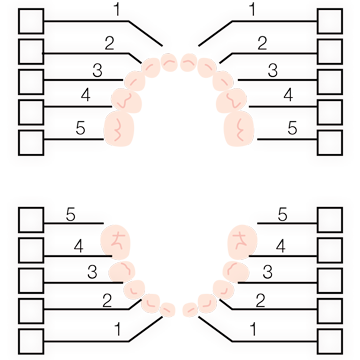
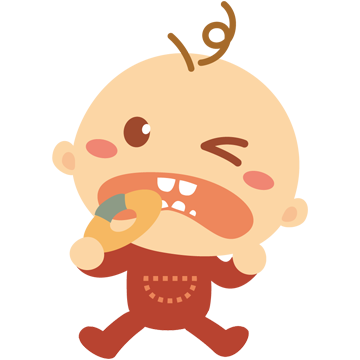
It is possible to hear that the appearance of each milk tooth is announced 2-3 weeks before, during which the child shows pain and discomfort. In reality, most teeth come out without causing pain or discomfort. In certain cases, you can notice 1-2 days before the tooth comes out that the little one is agitated, salivates more and feels the need to gnaw on a hard object. These symptoms also appear for 1-2 days after the appearance of the tooth.
Sometimes, the appearance of teeth can be accompanied by:
- Irritability
- Swollen, sensitive gums
- Refusal to eat
- Sleep problems
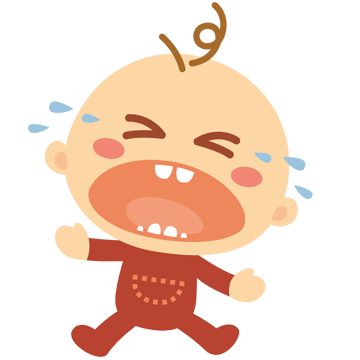
Some parents claim that their baby has a fever, diarrhea or has abundant nasal secretions even before the appearance of a new tooth, but the connection between teething and these symptoms is not scientifically proven.
Representatives of the American Academy of Pediatrics state that, although the child's body temperature may rise slightly when a tooth appears, fever (when the rectal temperature exceeds 37.5 degrees Celsius) and diarrhea are not normal symptoms of teething.
If you notice that your little one has a fever, vomiting or diarrhea, it is recommended to talk to the pediatrician.
- Give your child something to chew on, such as a pretzel or a teething ring with liquid that can be cooled in the refrigerator (not the freezer)
- Gently massage the child's inflamed gums with a finger
- If the baby is old enough to eat solid food, you can give him cold food, such as a peeled apple or yogurt
- If the gum pain is strong, you can give him Paracetamol or a local anesthetic in the form of a gel. Talk to the pediatrician before giving your child any medicine against toothache!
- Avoid toothache products that contain benzocaine
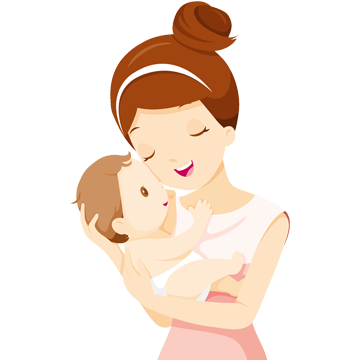
- Encourage him to drink as much water as possible, when he does not drink milk
- Avoid drinks that contain sugar, including fruit juices
- If you still give him juices, it is recommended to dilute them with a lot of water and get the child used to drinking them from a cup, not from a bottle or bottle
- Do not allow the child to suck from the bottle in the crib
- Do not hold the baby at the breast between meals, as he may get used to using the nipple as a pacifier
- Offer the child fruit as dessert and not cakes
- If you want to give your child sweet foods, give them every time at the end of meals, then brush his teeth
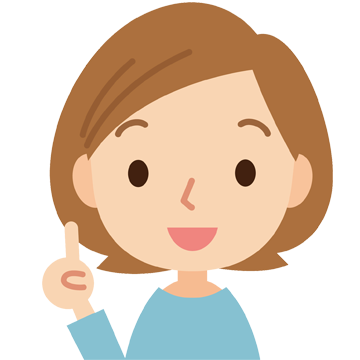
It is very important not to give in to the child's requests not to brush their teeth. Brushing has the important role of removing small fragments of solid food from the teeth, which cannot be removed by saliva. Correct brushing prevents the formation of caries, which can be painful and require treatment. Make it a habit to brush your teeth together - this way, the little one will see brushing as a fun activity. If the child's resistance to brushing his teeth is very strong, you can be content either to let him brush himself, as best he can, or to accept that he does not brush his teeth for a few days, in order to then try new. No matter how much the child opposes, it is important to get him used to brushing his teeth!
Usually, the first check-up with the dentist is recommended after the appearance of the first tooth or until the age of 1 year.
Talk to the dentist about the proper care of the child's teeth and oral cavity.
Source: Queen Mary














































































































































